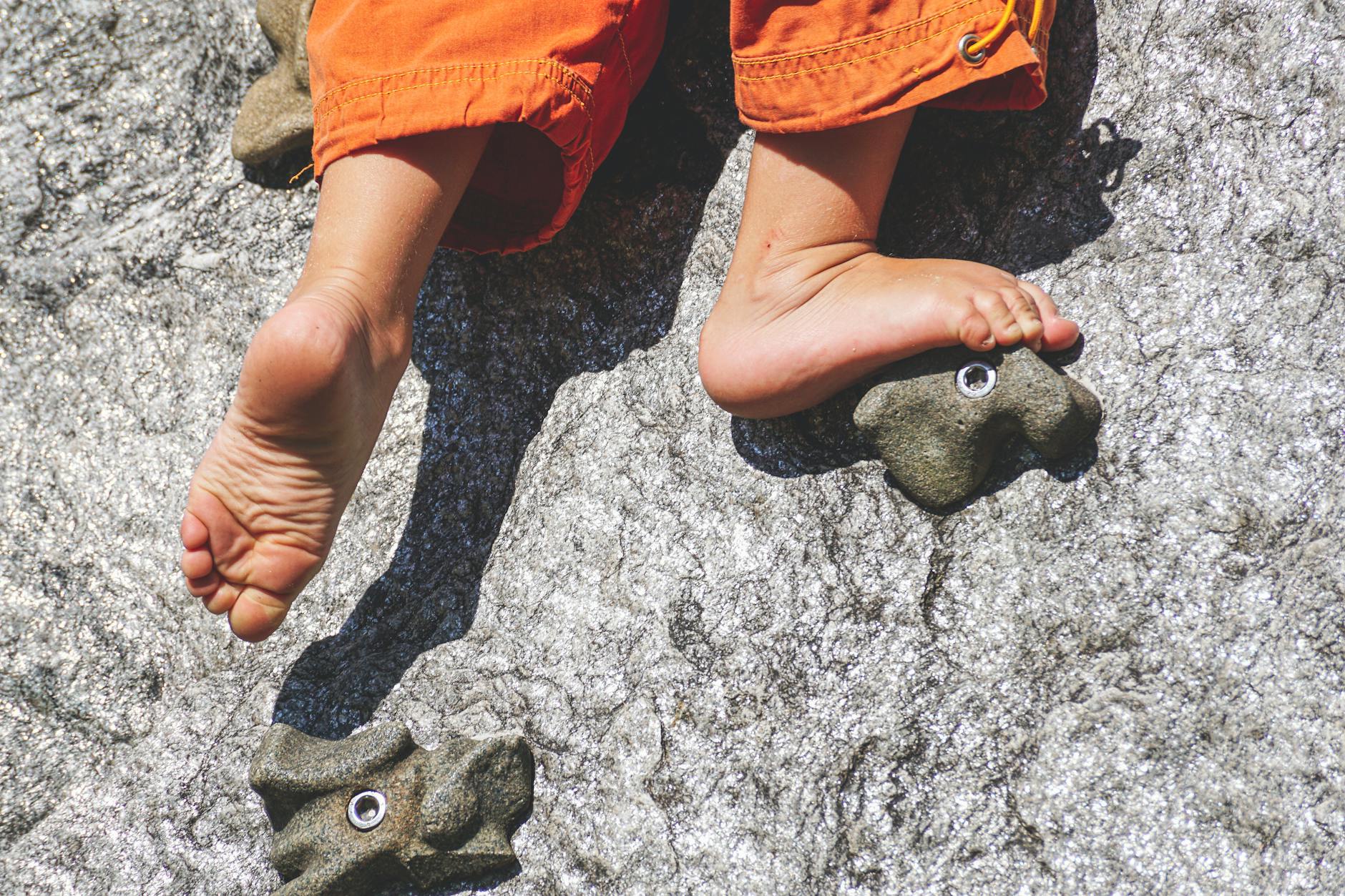Discover the key factors to consider when selecting the ideal balance bike for your 2-year-old’s next big adventure.
Table of Contents
Little Riders, Big Adventures: Choosing the Perfect Balance Bike for Your 2-Year-Old
When it comes to introducing your child to the world of cycling, finding the right bike size is crucial for their safety and enjoyment. In this comprehensive guide, we’ll explore how to choose the right bike size for children, essential safety tips for cycling with kids, and the best balance bikes for 2-year-olds.
How to Choose the Right Bike Size for Children
Choosing the correct bike size is essential for ensuring your child’s comfort, safety, and overall riding experience. Here are some key steps to help you find the perfect fit:
Understanding the importance of the right size is the first step in selecting a bike for your child. A bike that is too large or too small can be uncomfortable to ride and may increase the risk of accidents. Use a sizing chart provided by bike manufacturers to determine the appropriate frame size based on your child’s height and inseam length.
When possible, it’s beneficial to try out bikes in-store to see how your child feels on different models. Allow them to sit on the bike, reach the handlebars comfortably, and touch the ground with their feet. This hands-on approach can help you gauge which bike size is the best fit for your child.
Once you’ve selected a bike, make sure to adjust the seat, handlebars, and other components to ensure a proper fit. The seat height should allow your child to fully extend their legs when pedaling, while the handlebars should be at a comfortable reach. Regularly check and adjust the bike as your child grows to maintain an optimal fit.
It’s important to consider your child’s growth spurts and future needs when choosing a bike size. Selecting a bike that allows for some room to grow can extend its usability and prevent the need for frequent upgrades. Keep an eye on your child’s comfort and posture while riding to ensure they are not straining to reach the pedals or handlebars.
Safety Tips for Cycling with Kids
Ensuring safety while cycling with kids is paramount to a positive biking experience. Here are some essential safety tips to keep in mind:
Always insist that your child wears a properly fitted helmet when cycling. Helmets are vital for protecting against head injuries in case of falls or collisions. Teach your child the importance of wearing a helmet from a young age to instill good safety habits.
Teach your child proper hand signals and road safety rules before heading out on a ride. Ensure they understand basic signals for turning, stopping, and navigating traffic. Practice these signals together in a safe environment before venturing onto roads or bike paths.
Choose safe cycling routes that are suitable for your child’s skill level and experience. Avoid busy streets or areas with heavy traffic, and opt for designated bike paths or quiet neighborhoods. Familiarize yourself with the route beforehand to identify potential hazards and plan accordingly.
Avoid distractions while cycling with kids to maintain focus and awareness. Encourage your child to keep their eyes on the road and stay alert to their surroundings. Minimize distractions such as phones, music players, or other devices that may divert their attention from the task at hand.
Set clear boundaries and rules for biking with your child to promote safe and responsible riding. Establish guidelines for where and when they can ride, as well as expectations for behavior on the road. Encourage open communication and address any concerns or questions they may have about biking safety.
Best Balance Bikes for 2-Year-Olds
Balance bikes are an excellent option for introducing young children to cycling and developing their balance and coordination skills. Here are some tips for choosing the best balance bike for your 2-year-old:
Balance bikes offer numerous benefits for young riders, including improved balance, coordination, and confidence. Look for lightweight and durable models with adjustable seat heights to accommodate your child’s growth. Avoid pedals and training wheels to allow your child to focus on mastering balance and steering.
When selecting a balance bike, consider key features such as handlebar grips, tires, and frame material. Choose a bike with comfortable grips and pneumatic tires for a smooth ride. Opt for a sturdy frame made of steel or aluminum that can withstand the rigors of everyday use.
Recommended brands and models for 2-year-olds include Strider, Cruzee, and KaZAM balance bikes. These brands offer a range of sizes and styles to suit different preferences and budgets. Research customer reviews and ratings to find a balance bike that meets your child’s needs and expectations.
When teaching your child to ride a balance bike, start in a safe and open area free of obstacles. Encourage them to walk and glide on the bike to build confidence and balance. Gradually introduce steering and turning techniques as your child gains proficiency and comfort on the bike.
Transitioning from a balance bike to a pedal bike is a natural progression for young riders. Once your child has mastered balance and steering, consider introducing a pedal bike with training wheels to help them learn how to pedal. Encourage practice and provide positive reinforcement to build their cycling skills.
Conclusion
Choosing the right bike size for your child and following essential safety tips are key components of a successful and enjoyable biking experience. Prioritize comfort, fit, and safety when selecting a bike for your child, and instill good habits and practices to promote safe cycling habits.
By investing time and effort into choosing the perfect balance bike for your 2-year-old, you can lay the foundation for a lifelong love of cycling and adventure. With the right guidance and support, your child can embark on countless rides and explore the world on two wheels.
